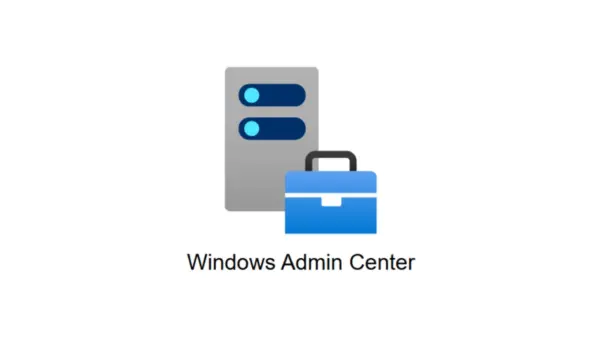UPDATE: A new text editor named Helix is rapidly gaining traction among Linux users, thanks to its impressive features and ease of use. Just announced by its developers in October 2023, Helix combines the functionality of traditional editors like Vim and Emacs with modern conveniences, making it a compelling choice for developers.
Helix is a terminal-based editor that operates out of the box, requiring minimal configuration to access core functionalities. Unlike its predecessors, which often demand extensive plugin setups, Helix offers built-in features like fuzzy file picking, syntax highlighting, and automatic integration with Rust Analyzer for seamless coding experiences. This means less time spent on setup and more on actual coding, a significant advantage for users looking to maximize productivity.
One standout feature of Helix is its approach to multiple cursors and selections, treating them as core functionalities rather than optional add-ons. This allows users to edit multiple parts of a document simultaneously, facilitating quicker changes and enhancing overall efficiency. The select-then-act model borrowed from Kakoune transforms the editing process, making it intuitive even for those transitioning from other editors.
Helix also integrates advanced IDE features directly into the terminal environment. With first-class Language Server Protocol support, it provides intelligent code completion and real-time error checking, further bridging the gap between traditional text editing and modern development practices. This level of integration is rare in terminal-based editors, positioning Helix as a competitive choice for developers seeking lightweight yet powerful tools.
Moreover, Helix is built in Rust, ensuring low resource usage and high performance across various hardware setups. It excels in environments with limited resources, such as remote SSH sessions, without sacrificing speed or functionality. Users can expect a snappy experience even when dealing with large files or complex codebases.
The learning curve for Helix is notably gentler than that of its counterparts. With an interactive tutorial accessible via the :tutor command, users can quickly familiarize themselves with key commands without needing to consult external resources. This accessibility makes Helix appealing not only to seasoned developers but also to newcomers who want to dive into coding without feeling overwhelmed.
As the Linux community embraces Helix, developers are encouraged to explore alternative tools and experiment with their workflows. The flexibility of Linux allows users to switch out default terminal commands or applications for newer, more efficient options.
With Helix’s rapid rise in popularity, developers are urged to check it out. For those looking to enhance their coding experience with a modern, efficient text editor, Helix may just be the revolutionary change they need.
Stay tuned for more updates on Helix and its impact on the Linux development landscape.






































































